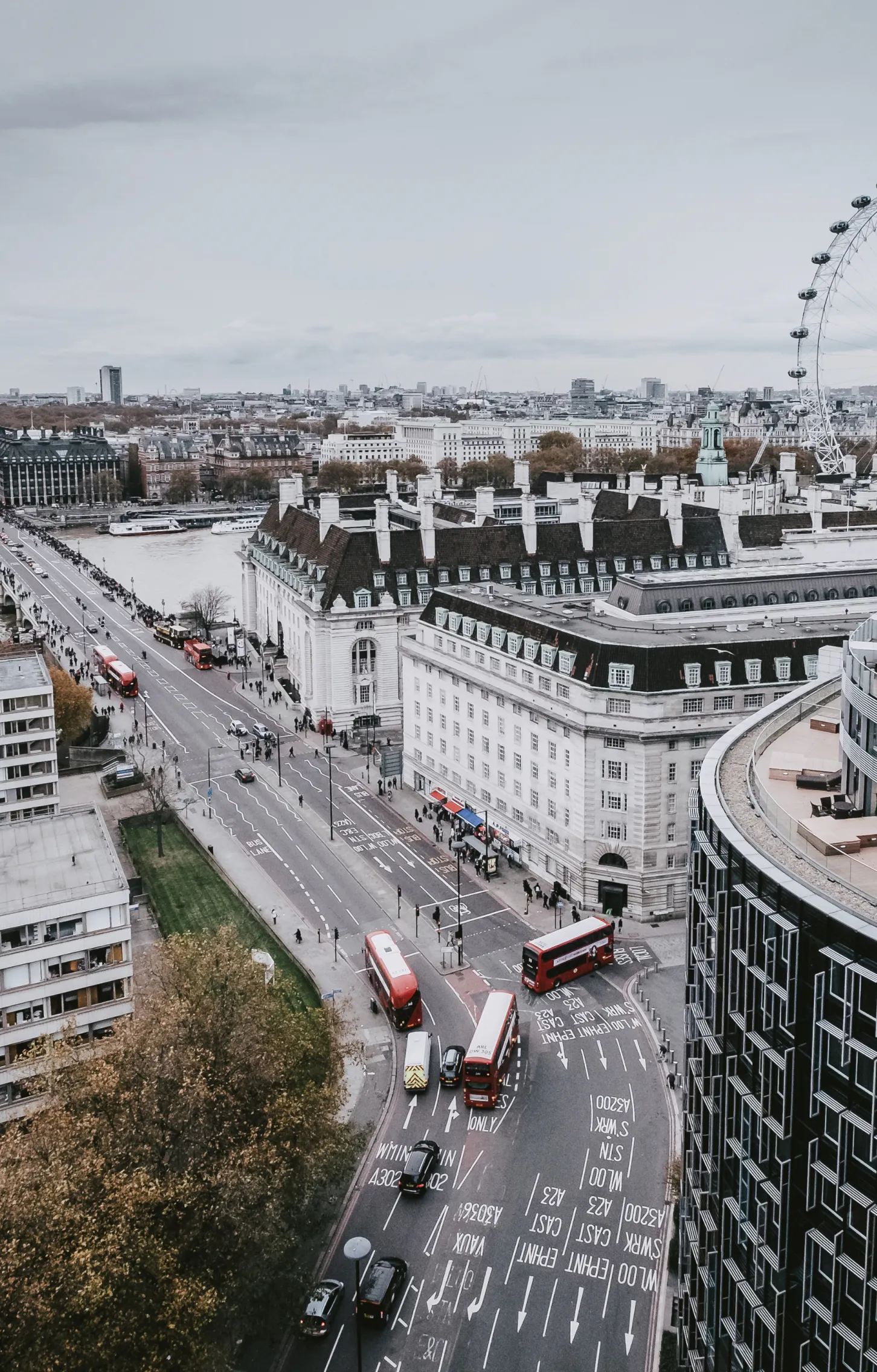
Complete streets
Effects of a Complete Street Policy
Adopting a Complete Streets policy is a crucial first step to reducing traffic fatalities and transportation barriers, improving health outcomes, responding to the climate crisis, and rectifying a long history of inequitable transportation practices.
Complete Streets: From Policy to Practice
Putting a strong Complete Streets Policy into practice requires changes to the ways a community plans, designs and maintains streets to achieve the high-level direction and goals of the policy. The end result is an enhanced quality of life for all residents.
What does a strong Complete Streets Policy look like?
The 10 Elements of a Complete Streets Policy provides insight into what a complete street should look like. They serve as a national model of best practices to create a policy that can be implemented at any level of governance in any type of place.

Impact Stories
Meet Graham Young, a Complete Streets champion.
I think we’re starting to propose better projects and locations that make sense. If you look at some of our past streetscape projects before the Complete Streets ordinance manual, you would wonder why they chose the locations they chose.
The Flexibility of Complete Streets Designs
- No One-Size-Fits-All: Complete Streets don't have a single design formula; each is tailored to its community context.
- Diverse Features: Elements can range from sidewalks and bike lanes to specialized bus lanes, accessible public transportation stops, and even roundabouts.

Contextual Differences: Rural, Suburban, and Urban
- Varied Needs: The Complete Streets approach adapts to the unique requirements of rural, suburban, and urban settings.
- Adaptive Design: As a result, the look of a complete street will vary based on its community context.

Policy Effectiveness and Accountability
- Policy Variability: Not all Complete Streets policies are the same regarding effectiveness and reach.
- Regular Tracking: The National Complete Streets Coalition scores state and local policies using a comprehensive framework.
- User-Centric Accountability: This framework demands accountability and prioritizes the needs of the most vulnerable road users.

Benefits of Complete Streets
Increased Accessibility
Complete Streets make navigating cities easier for people of all ages and abilities. Whether you’re a parent with a stroller, a senior citizen, or someone with a disability, these policies aim to make streets accessible to everyone.
Enhanced Safety
Complete Streets policies aim to reduce accidents and make roads safer for pedestrians, cyclists, and drivers by incorporating features such as well-marked crosswalks, bike lanes, and traffic safety measures.
Environmental Sustainability
By encouraging walking, cycling, and public transit use, Complete Streets policies can reduce vehicle emissions, contributing to cleaner air and a smaller carbon footprint.
Economic Benefits
Local businesses often see a boost in foot traffic due to the improved walkability and bike-friendliness of Complete Streets. This can lead to increased retail sales and better property values.
Community Cohesion
Streets that are designed for everyone facilitate social interaction and foster a sense of community. People are more likely to interact and engage with their neighborhood when they can safely and comfortably use public spaces.
Improved Public Health
With more opportunities for walking and cycling, Complete Streets can encourage physical activity, leading to healthier communities and reducing healthcare costs in the long run.
Localized Impact
Complete Streets make navigating cities easier for people of all ages and abilities. Whether you're a parent with a stroller, a senior citizen, or someone with a disability, these policies aim to make streets accessible to everyone.
Unity Through Standards
Following The National Complete Streets Guidelines fosters community cohesion, enhancing trust and mutual accountability. Communities become more involved in managing their streets.
Efficient Use of Public Funds
By planning for all modes of transport from the outset, cities can use public funding more efficiently. This can often result in long-term savings, as retrofitting streets is generally more costly than integrating these elements in initial designs.
Complete Streets Policy Adoption
In total, over 1,700 Complete Streets policies have been passed in the United States, including those adopted by 37 state governments, the Commonwealth of Puerto Rico, and the District of Columbia.

Policy Atlas


© 2025 Smart Growth America. All rights reserved
Site By3Lane Marketing










